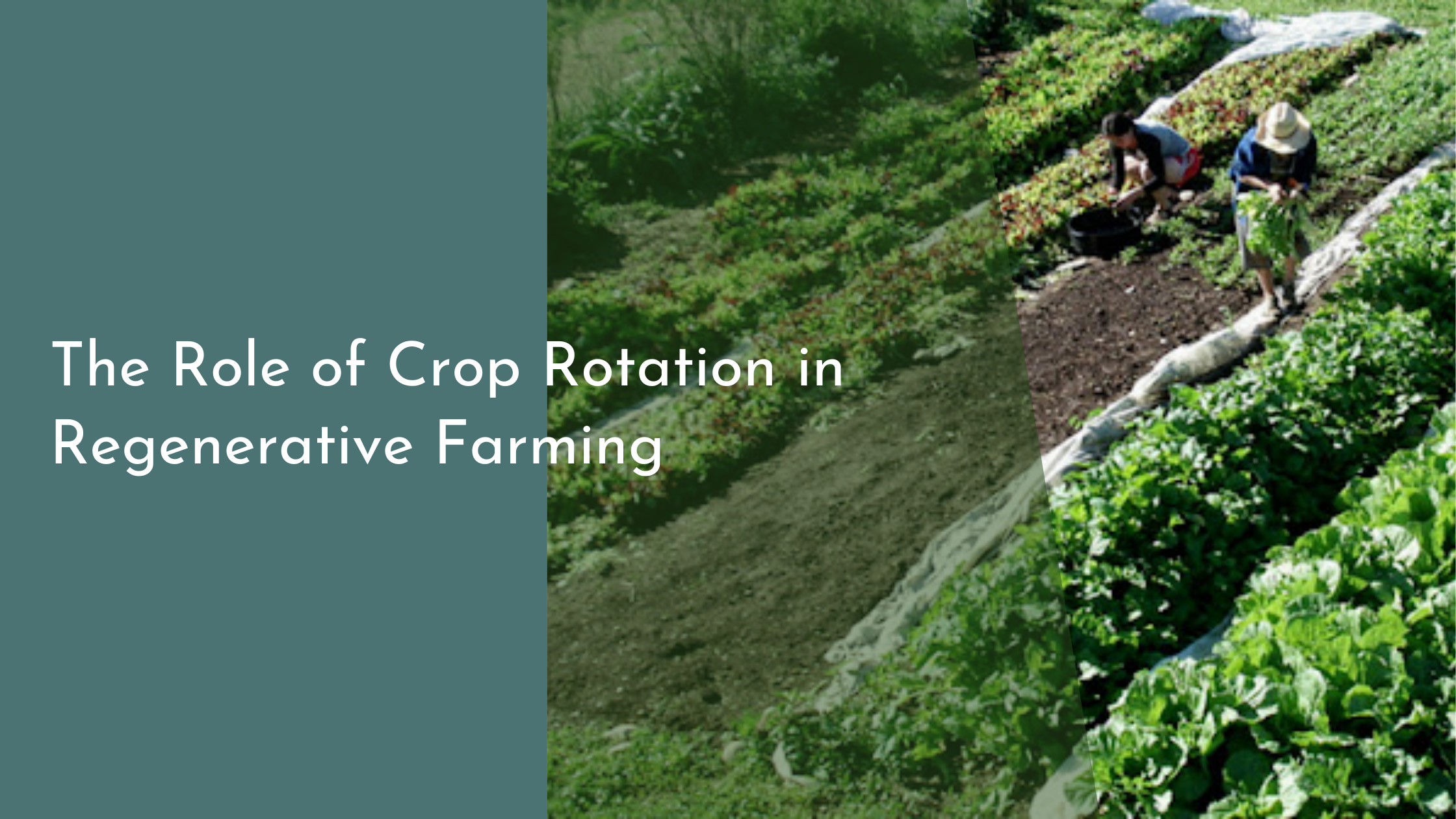The Role of Crop Rotation in Regenerative Farming
In the quest for sustainable agricultural practices, regenerative farming has emerged as a beacon of hope for a more environmentally friendly and productive future. Among the various strategies that constitute regenerative agriculture, crop rotation stands out as a time-honored and effective method. This practice not only enhances soil health but also contributes significantly to agricultural biodiversity and resilience. This article will delve into the principles of crop rotation, explore its benefits for soil health, examine how it enhances ecosystem resilience through crop diversity, and conclude with the promise it holds for a greener future.
Understanding Crop Rotation Principles
Crop rotation is an agricultural technique involving the sequential planting of different types of crops in the same area across different growing seasons. The primary goal of this method is to manage soil fertility, break cycles of pests and diseases, and reduce soil erosion. This practice involves careful planning and understanding of the compatibility and requirements of different crops. For instance, legumes, which fix atmospheric nitrogen, might be followed by nitrogen-demanding crops such as corn. By alternating deep-rooted and shallow-rooted plants, farmers can optimize nutrient usage and improve soil structure.
The principles of crop rotation are deeply rooted in the natural cycles observed in ecosystems. By mimicking these cycles, farmers create a more balanced and sustainable agricultural environment. Crop rotation considers the nutrient demands and pest interactions of each plant species. By rotating crops, farmers can disrupt the habitat of pests and prevent them from establishing a permanent presence in the soil. This reduces the need for chemical interventions and promotes a more organic farming approach. Additionally, crop rotation supports the natural replenishment of soil nutrients, minimizing the need for synthetic fertilizers and enhancing the overall resilience of the ecosystem.
Benefits of Crop Rotation for Soil Health
One of the most significant benefits of crop rotation is its positive impact on soil health. Over time, continuous planting of the same crop can lead to nutrient depletion, making the soil less fertile and productive. Crop rotation helps to balance nutrient distribution by alternating crops with different nutrient needs. For example, leguminous plants, capable of fixing nitrogen from the atmosphere, are often rotated with cereals to enrich the soil with nitrogen naturally. This organic replenishment of nutrients reduces the dependency on chemical fertilizers, promoting a more sustainable farming system.
Moreover, crop rotation plays a crucial role in enhancing soil structure and minimizing erosion. Different crops have varying root depths and structures, which can help in breaking up soil compaction and improving aeration. This, in turn, enhances water infiltration and retention in the soil, reducing runoff and erosion. The continuous cover provided by different crops also protects the soil from wind and water erosion. As a result, the soil remains fertile and productive, creating an environment conducive to thriving plants and beneficial microorganisms.
Crop Diversity: Enhancing Ecosystem Resilience
Crop rotation significantly contributes to enhancing ecosystem resilience by increasing crop diversity on the farm. Diverse cropping systems mimic natural ecosystems, where a variety of species interact and coexist. This diversity helps to create a more balanced and stable system, reducing the vulnerability of crops to pests, diseases, and climatic extremes. A diverse crop rotation plan can include a mix of cereals, legumes, root crops, and cover crops, each contributing uniquely to the ecosystem’s health.
The practice of crop rotation also supports biodiversity beyond the crops themselves. By providing varied habitats and nutritional sources, crop rotation encourages the presence of beneficial insects and microorganisms. These allies in the farm ecosystem help control pest populations, pollinate plants, and contribute to nutrient cycling. Additionally, increased plant diversity can improve pollinator habitats, supporting a healthy population of bees and other pollinating insects that are vital for many crops. This interconnected web of life makes the farm more resilient to external shocks, ensuring sustainable productivity.
Conclusion: Embracing Crop Rotation for a Greener Future
In light of the numerous advantages crop rotation offers, its role in regenerative farming cannot be overstated. By improving soil health, enhancing biodiversity, and contributing to the overall resilience of agricultural systems, crop rotation presents a compelling case for its widespread adoption. As we face the dual challenges of climate change and food security, practices like crop rotation offer a sustainable solution that can be tailored to different regional climates and soil types.
Embracing crop rotation as a fundamental component of regenerative farming paves the way for a greener and more sustainable future in agriculture. It is a testament to the power of working with nature rather than against it, fostering ecosystems that are robust, diverse, and productive. As farmers, policymakers, and consumers increasingly recognize the benefits of crop rotation, it stands as a beacon of hope in transforming our agricultural landscapes. Ultimately, this age-old practice can lead us toward a harmonious and sustainable coexistence with the natural world, securing food systems for generations to come.

